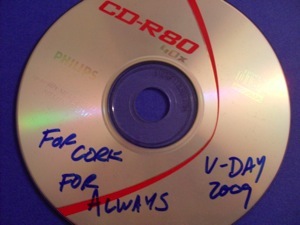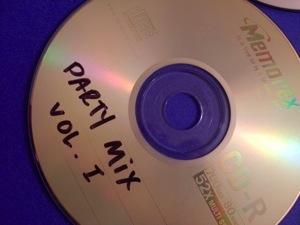Students are now expected to
produce hardcopy texts with pictures in them, brochures, fliers,
PowerPoints (or similar presentation documents), different types of
webtexts, even PhotoShop documents and film clips or short movies, etc, in college composition courses.
In 2004, CCCC published the “Position statement on teaching, learning,
and assessing writing in digital environments.” The committee states,
“The focus of writing instruction is expanding: the curriculum of
composition is widening to include not one but two literacies: a
literacy of print and a literacy of the screen. In addition, work in
one medium is used to enhance learning in the other.”
Although the
committee speaks directly to digital composition, the focus is more
multimodal in nature; however, instructors must recognize that all
multimodal composition is not digital—a misunderstanding many
instructors make.
|


  
|
|
Remixing Culture
|
The
CCCC position statement comes into the field at a time when Western
society recognizes itself as a multimodal/visually communicative
society. Society expects students to be
multimodal writers, but students should learn to produce the above
mentioned texts not just because of social expectations, but because
multimodal composition affords students a new lens with which to view
their world and their work (Vie, 2008; Selfe, 2007; Yancey, 2004).
According to WIDE Research Center
(2009), “It is the networked computer, the spaces to which networked
computers provide access, and the public ways in which individuals are
writing that are together changing the cultural landscape.” Students
shouldn’t only be working with multimodal compositions because
employers want them to or society pressures them to; instead, students
should be exploring new means of composing because students are part of
a new writing public (Yancey, 2004). Helping students navigate
multimodal composition enhances how they understand literate practices
to include not just words, but also images, sounds, graphics, motion,
and other forms of digital media (Blair & Takayoshi, 1997).
|








